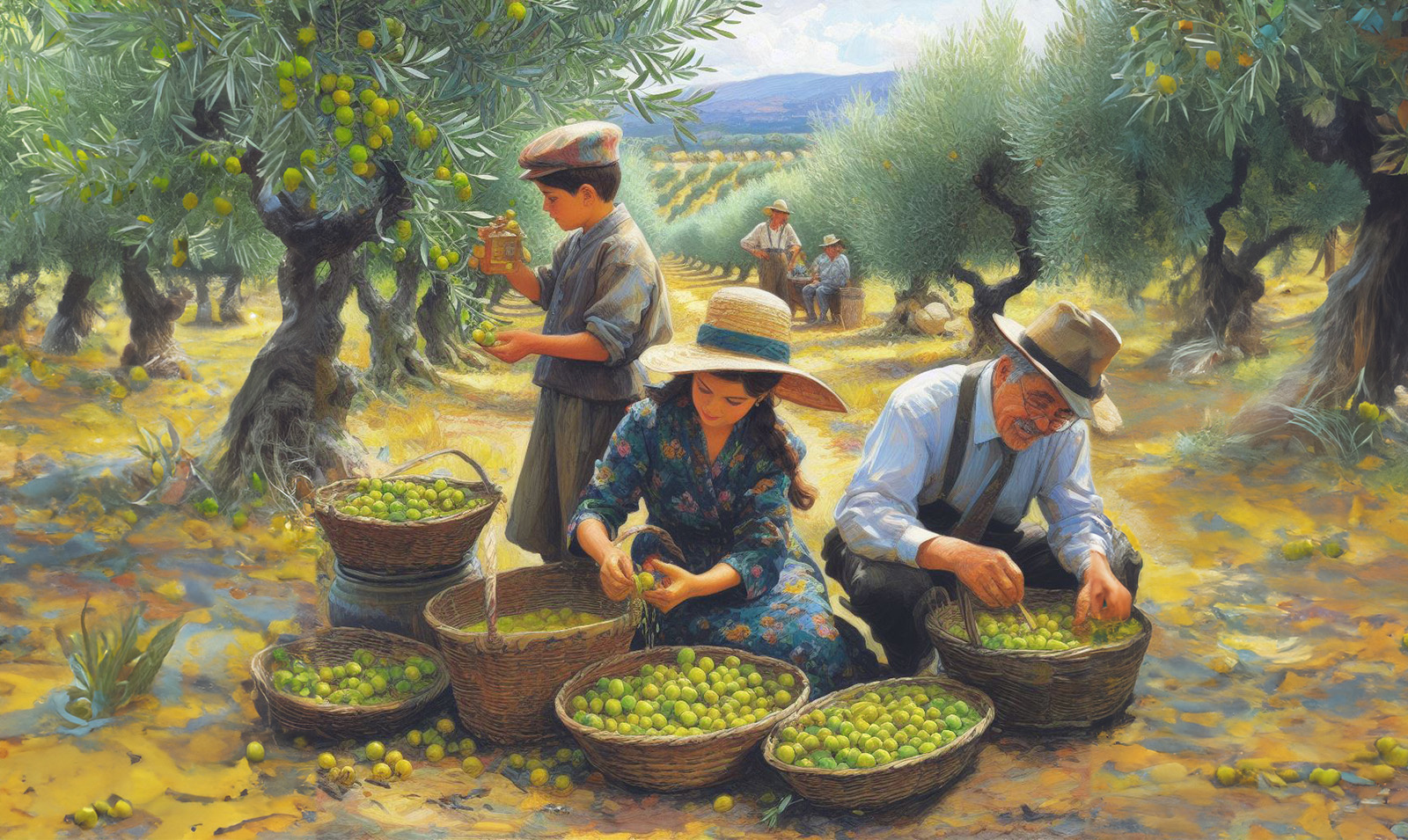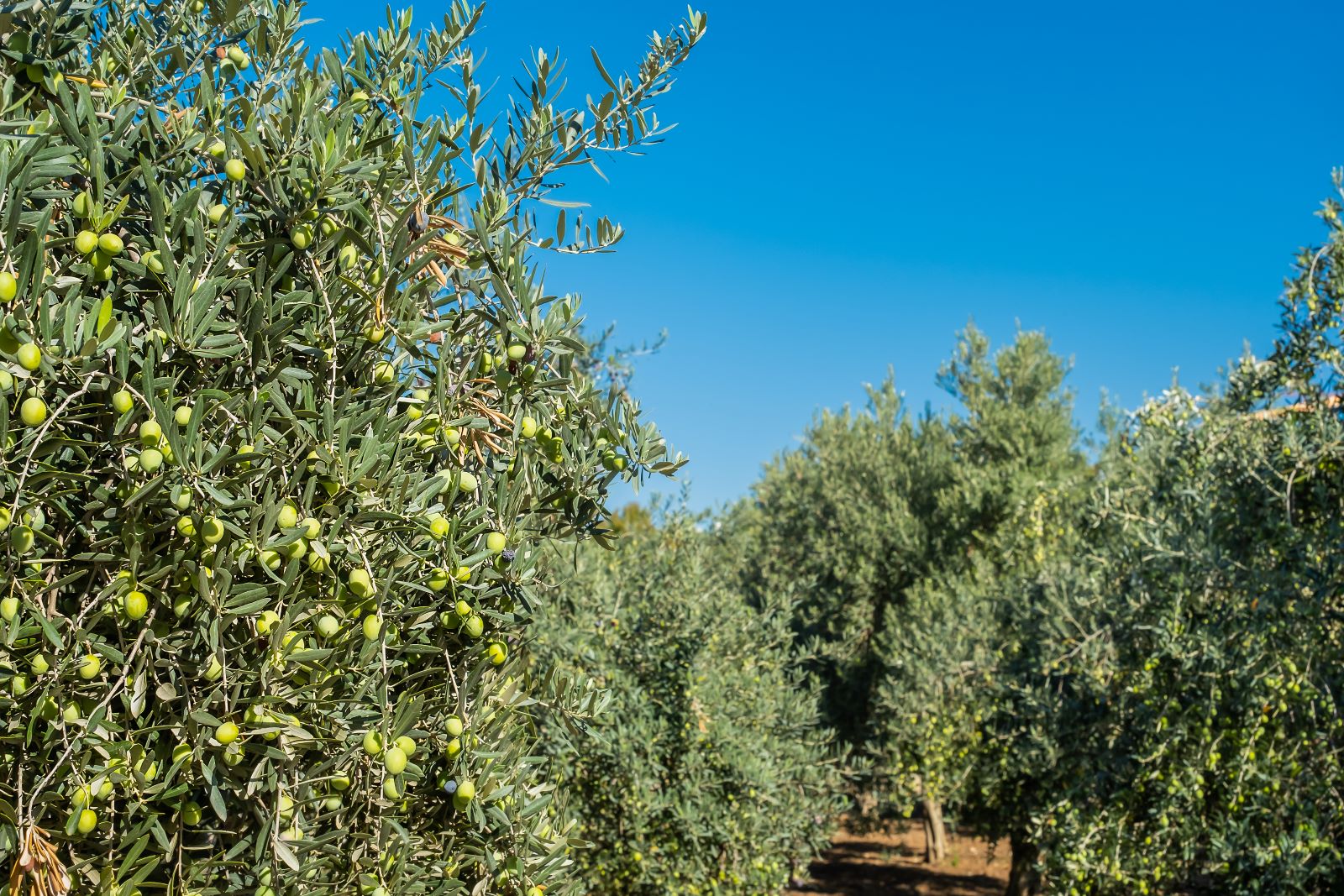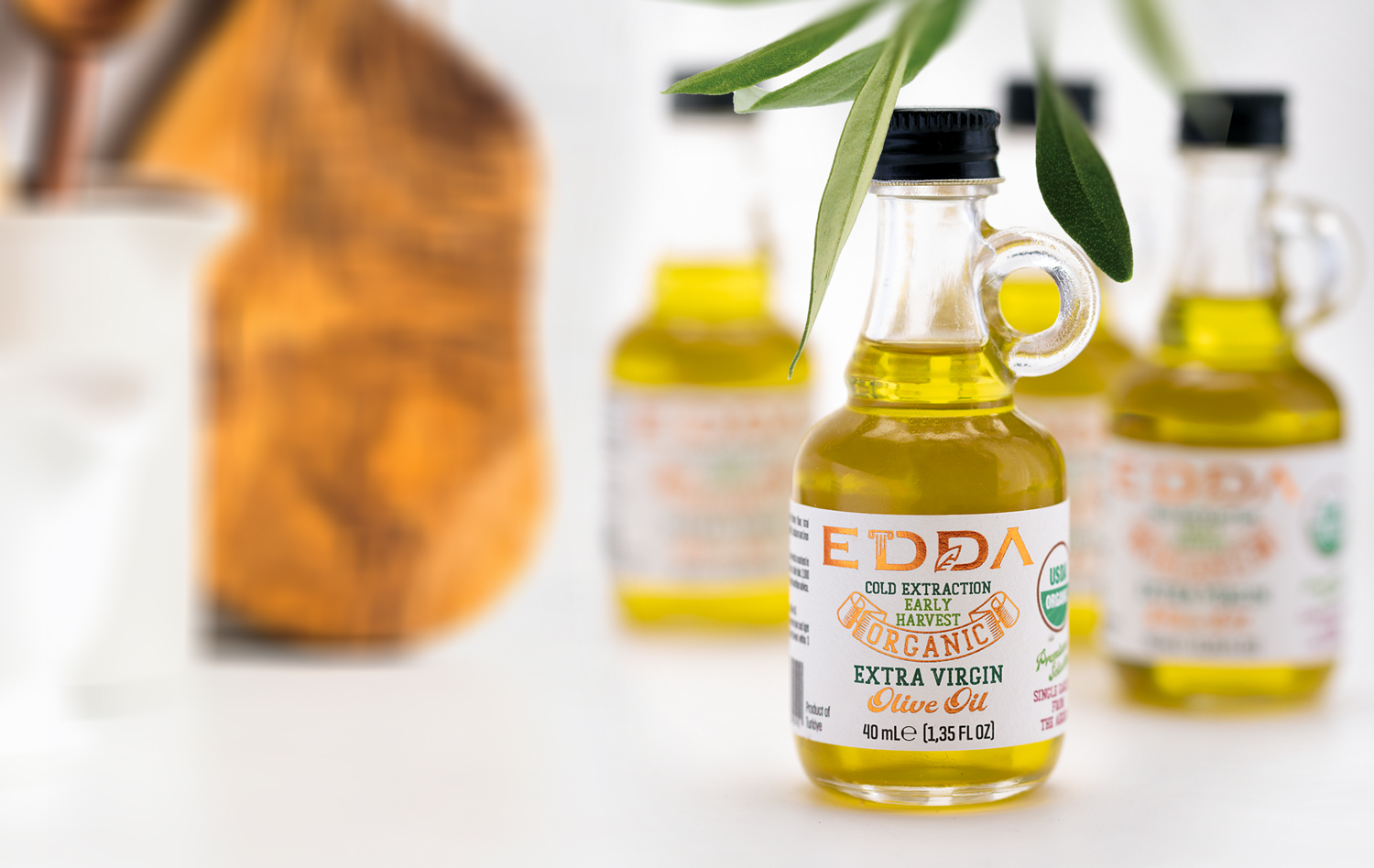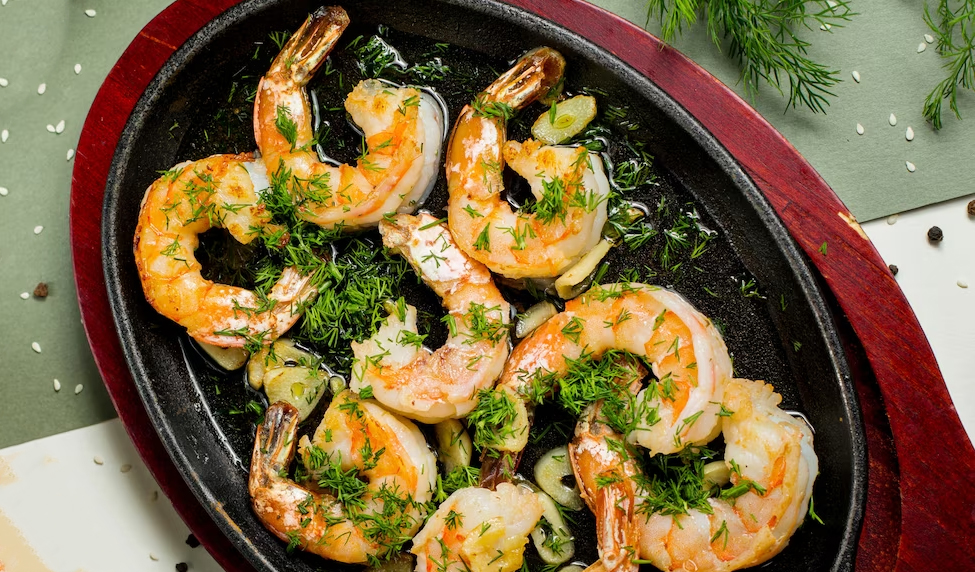
When and How to Harvest and Process High Quality Olive Oil
Olive oil is one of the most popular and healthy cooking oils in the world. It is rich in monounsaturated fats, antioxidants, and anti-inflammatory compounds. But not all olive oils are created equal. The quality of olive oil depends largely on how and when the olives are harvested and processed.
The harvesting season for olives varies depending on the region, climate, and cultivar. Generally, it occurs once a year in the fall, between September and December. The optimal time to harvest olives for high quality olive oil is when they are just beginning to ripen, changing from green to purple-ish in color. This is called the “veraison” phase. At this stage, the olives have the highest polyphenol content, which gives olive oil its distinctive flavor and health benefits.
However, harvesting olives at this stage is also more challenging and costly. The olives are harder to pick, either by hand or by machine, and they yield less oil than fully ripe olives. Moreover, they need to be processed as soon as possible after picking, ideally within 8 hours, to prevent oxidation and deterioration.
The processing of olives involves several steps: cleaning, crushing, kneading, extraction, and separation. The olives are first separated from leaves and branches, and then washed to remove dirt, pesticides, and other debris. Then, they are crushed into pulp by machines or stone mills. The pulp is then milled into a thick paste, which is kneaded slowly and continuously to facilitate the release of oil droplets. The paste is then subjected to extraction, which separates the oil from the solid fraction (pomace) and the water. This can be done by pressure, centrifugation, or percolation. Finally, the oil is separated from the water by centrifugal force or decanting.
The processing of olives for high quality olive oil should be done with minimal exposure to heat, light, air, and water. These factors can affect the chemical composition, flavor, aroma, color, and stability of olive oil. Therefore, the best processing methods are those that use cold or low temperatures (below 27°C), avoid excessive water addition or washing, and minimize oxidation and contamination.
The result of this careful harvesting and processing is a high quality olive oil that meets the criteria for extra virgin grade. This means that the oil has an acidity level of less than 0.8%, a peroxide value of less than 20 meq O2/kg, and no defects in sensory evaluation. Extra virgin olive oil also has a high polyphenol content (above 250 mg/kg), which gives it a fruity, bitter, and pungent taste.
High quality olive oil is not only delicious but also beneficial for human health. It has been shown to lower blood pressure, cholesterol, inflammation, and oxidative stress. It also protects against cardiovascular diseases, diabetes, obesity, cancer, and neurodegenerative disorders.
Therefore, if you want to enjoy the best olive oil possible, look for extra virgin olive oil that comes from early harvested olives that have been processed with care and respect.
You will not regret it!





